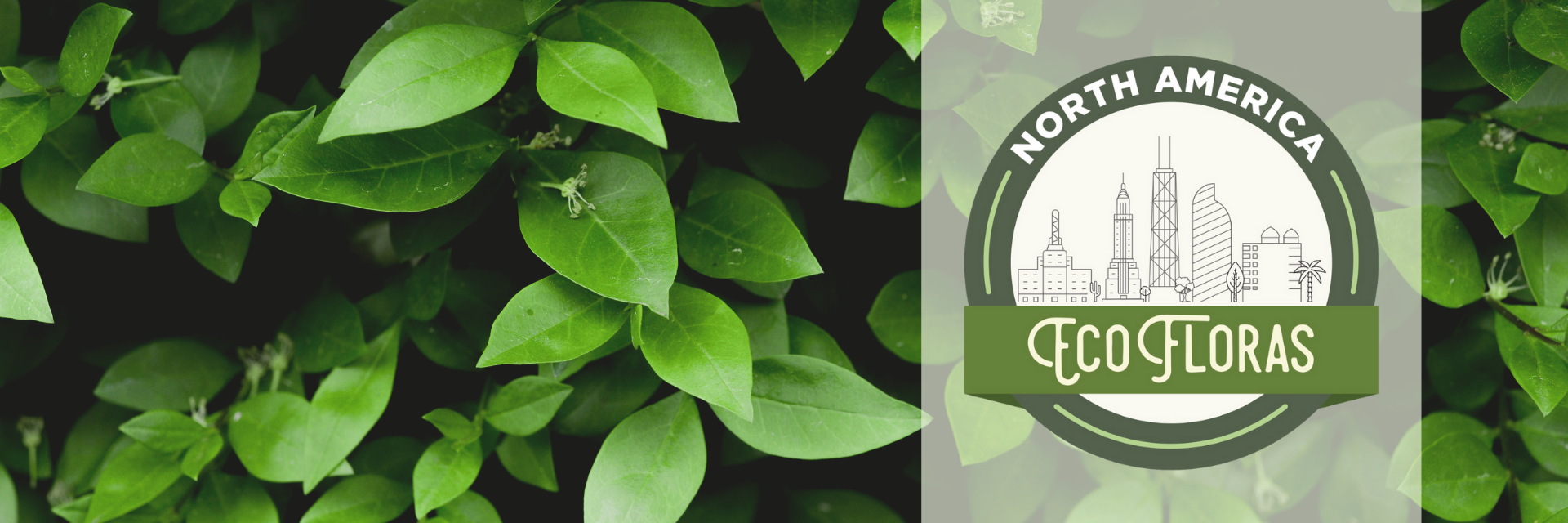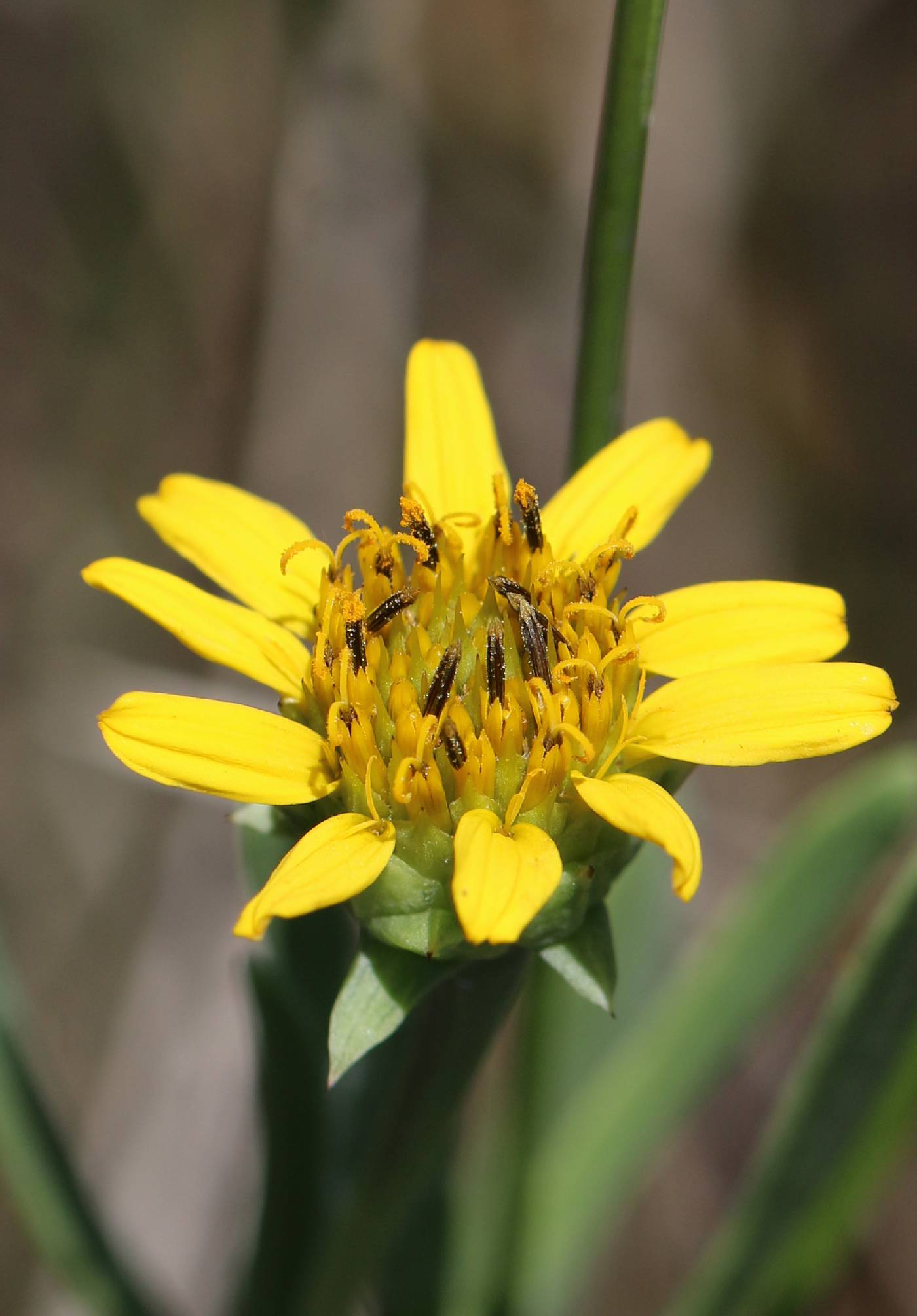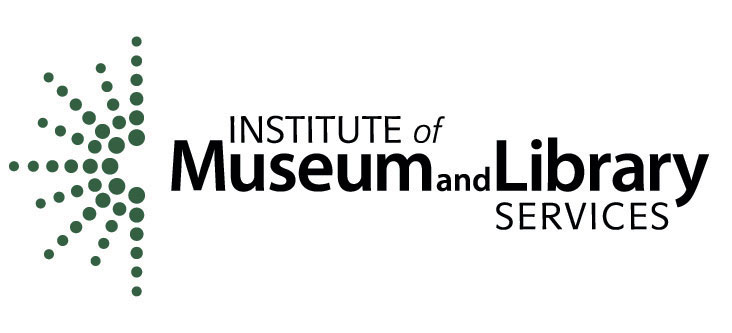
|
Family: Asteraceae |
Perennials, subshrubs, or shrubs, to 150 cm (rhizomatous, forming clonal colonies, roots fibrous, sometimes adventitious). Stems decumbent to erect, branched ± throughout (sap sticky-resinous). Leaves cauline; opposite; ± petiolate or sessile; blades (usually 1-nerved, sometimes obscurely 3- or 5-nerved) elliptic, linear, oblanceolate, obovate, or ovate (usually coriaceous or succulent), bases ± cuneate, margins entire or toothed (teeth often spine-tipped), faces glabrous or puberulent to villous and/or sericeous. Heads radiate, borne singly or (3-10) in cymiform arrays. Involucres globose or ovoid to hemispheric or broader, (5-)8-13(-18+) mm diam. Phyllaries persistent, 10-45 in 2-3 series (outer larger, elliptic to oblanceolate or ovate, apices acute, cuspidate, obtuse, rounded, or spine-tipped). Receptacles convex, paleate (paleae lanceolate to ovate, ± conduplicate, partially enclosing cypselae, apices often ± pungent). Ray florets 7-30, pistillate, fertile; corollas yellow. Disc florets 20-75, bisexual, fertile; corollas yellow, tubes shorter than funnelform throats, lobes 5, lance-triangular (anthers black with orange glands on connectives). Cypselae (gray to black) ± obcompressed, or obpyramidal and 3- or 4-angled (faces faintly finely reticulate); pappi persistent or tardily falling, (stramineous) coroniform or cupular (3-4-angled). x = 14. Leaves of Borrichia species are usually heteroblastic: leaves on primary stems are usually ± petiolate (sometimes with spine-tipped teeth on margins of petioles or near bases of blades) and larger and relatively broader than the usually sessile leaves on secondary stems.
Heads radiate, the rays yellow, pistillate and fertile; invol bracts in 2 or 3 slightly unequal series, the outer subherbaceous, the inner more chartaceous and sometimes transitional to those of the receptacle; receptacle slightly convex, its bracts rigid, clasping the achenes; disk-fls perfect and fertile; style-branches flattened, with elongate, hairy appendage; achenes glabrous, quadrangular, or those of the rays triquetrous; pappus a short dentate crown; ±fleshy seacoast shrubs with opposite, usually canescent lvs. 7, warm Amer. Gleason, Henry A. & Cronquist, Arthur J. 1991. Manual of vascular plants of northeastern United States and adjacent Canada. lxxv + 910 pp. ©The New York Botanical Garden. All rights reserved. Used by permission. |
This project was made possible in part by the Institute of Museum and Library Services [MG-70-19-0057-19].
Powered by Symbiota



